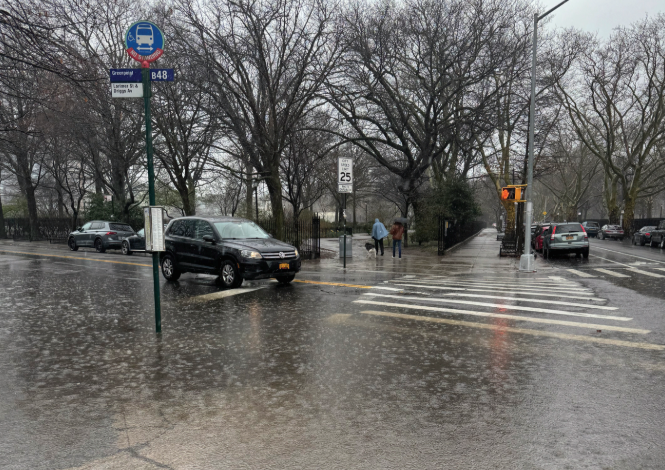The New York City Department of Environmental Protection (DEP) said it is adopting new technology that will help the department pinpoint where and how to fix the city's sewer systems more quickly.
The DEP said it now uses a hydraulic model of the 7,500 miles of sewers that serve all five boroughs. This technology allows engineers and planners to simulate how the city’s network of pipes performs under a range of storm scenarios, which allows the agency to focus on communities most susceptible to flooding and make cost-effective investments bringing cheaper and faster relief to residents, according to a news release.
"The data gathered from this in-depth analysis will guide our future stormwater management decision-making and help us assess the infrastructure needs of New York City’s most flood-prone locations," said DEP Commissioner Rohit T. Aggarwala.
This hydraulic model, combined with flood maps and 311 complaint data, will give DEP engineers and planners a more thorough understanding of the true scale of the flooding issues and the strain it puts on certain parts of the sewer system.
A case study where hydraulic modeling was successfully used to plan a forthcoming project is Dyker Heights in Brooklyn. This neighborhood is served by a network of sewers constructed in the early 20th Century. During heavy periods of rain, the system can become quickly overwhelmed, resulting in sewers backing up into basements, the DEP said.
Using its new system, the agency identified excess capacity in a nearby trunk main and through modeling showed that upsizing the street pipes that drain into that trunk main would be sufficient to capture the more intense rainfall New York City has been experiencing.
This solution, estimated to cost more than $60 million for the construction of water mains and sewers, will relieve flooding for 14,300 residents in a 145-acre area. The project has been turned over to the Department of Design and Construction (DDC) for design.
This citywide hydraulic model will allow DEP to eventually create a “smart sewer” network by installing hundreds of sensors that will allow for the monitoring of stormwater flow levels in real-time. When combined with the future installation of gates and valves within the sewer system, DEP could use this sensor data to automatically divert stormwater flows from pipes that have reached capacity into others with excess room, thereby utilizing all available space in the network.




